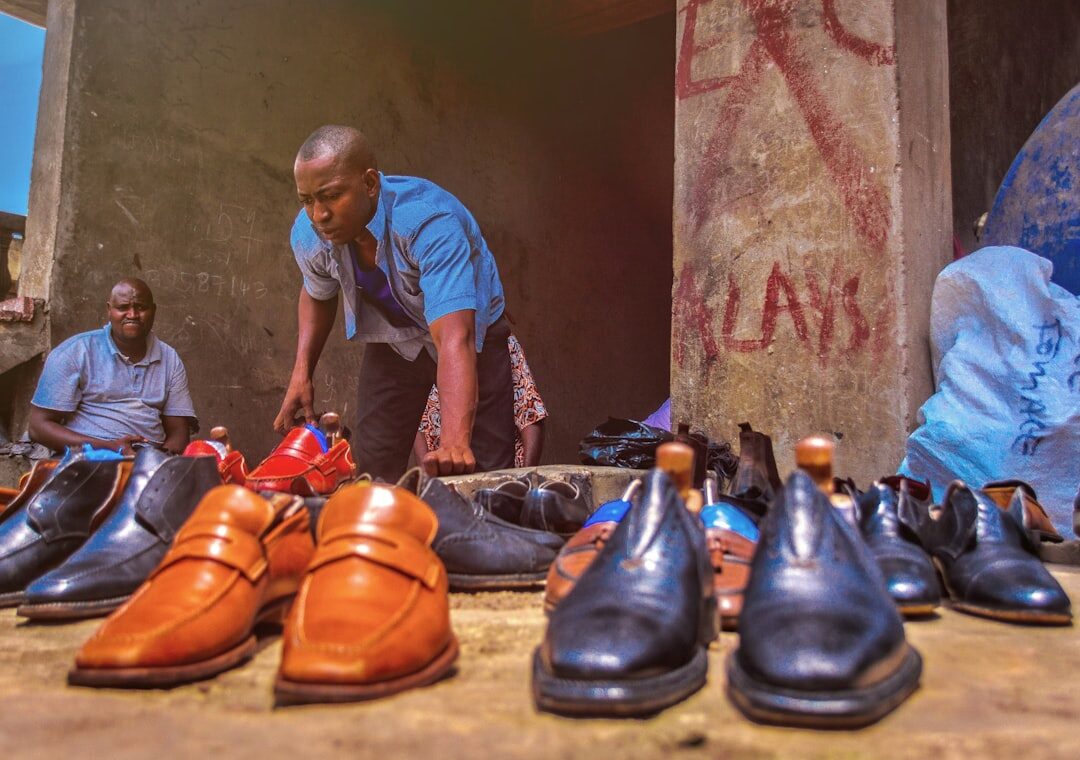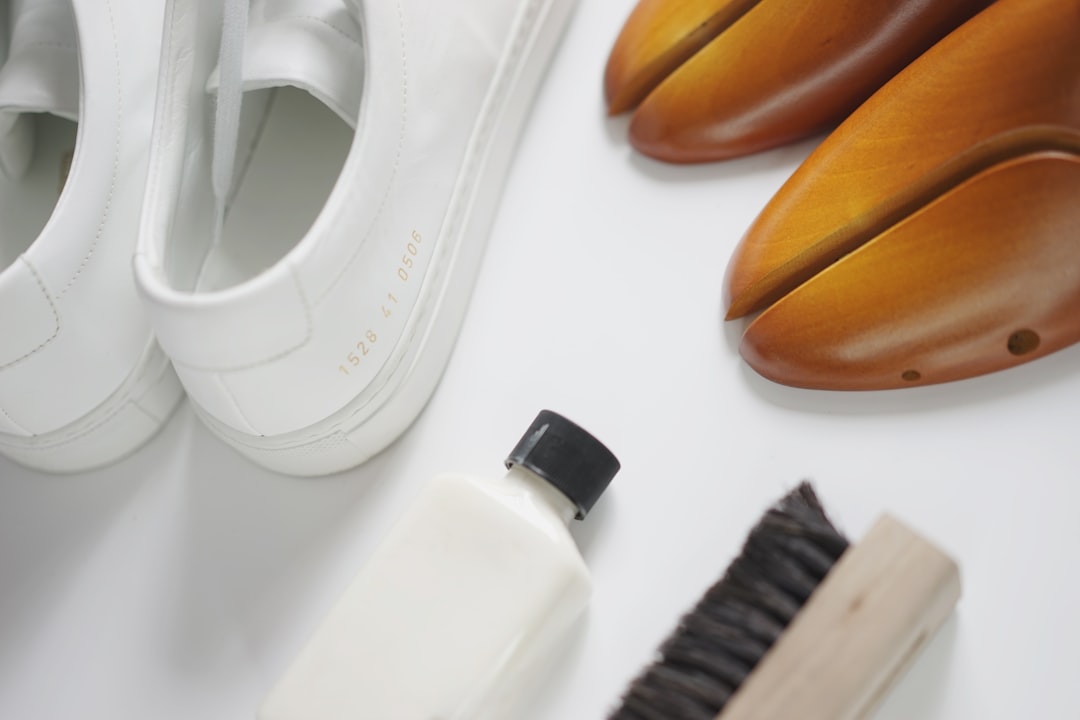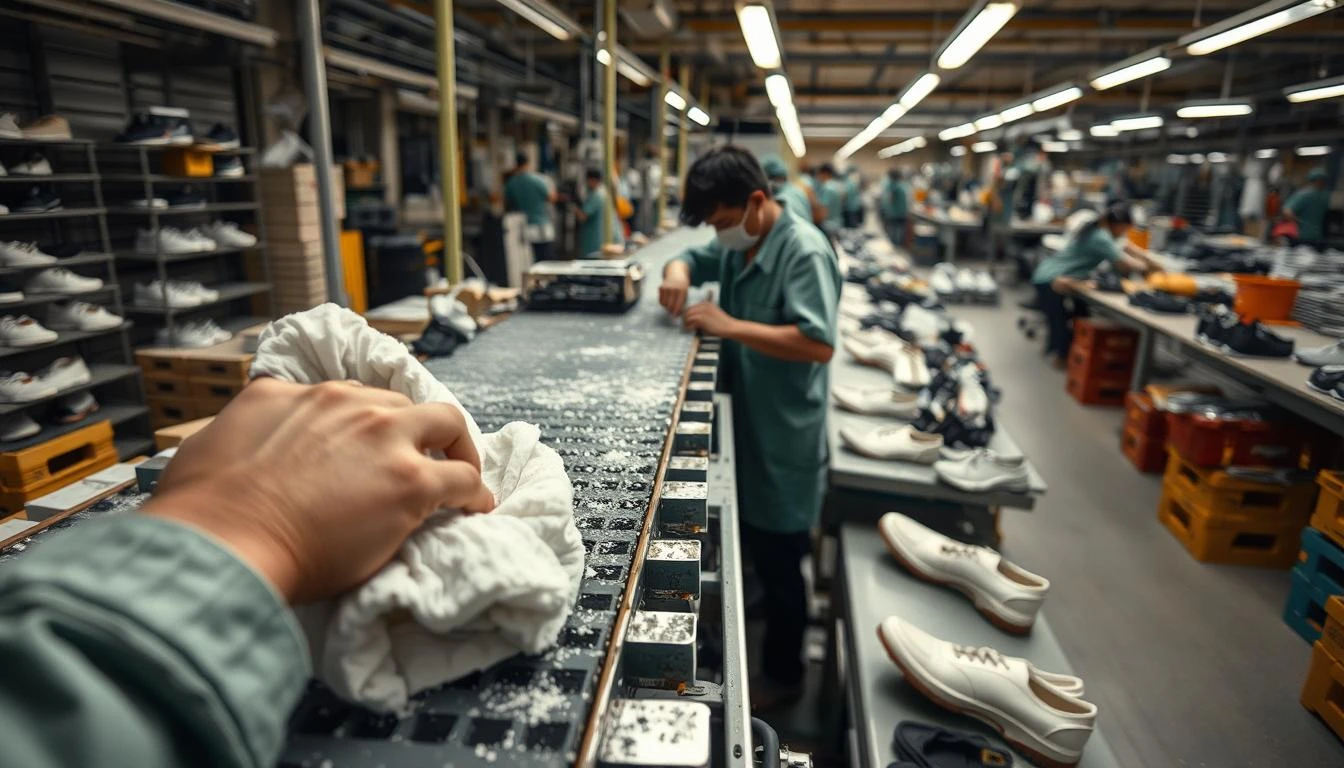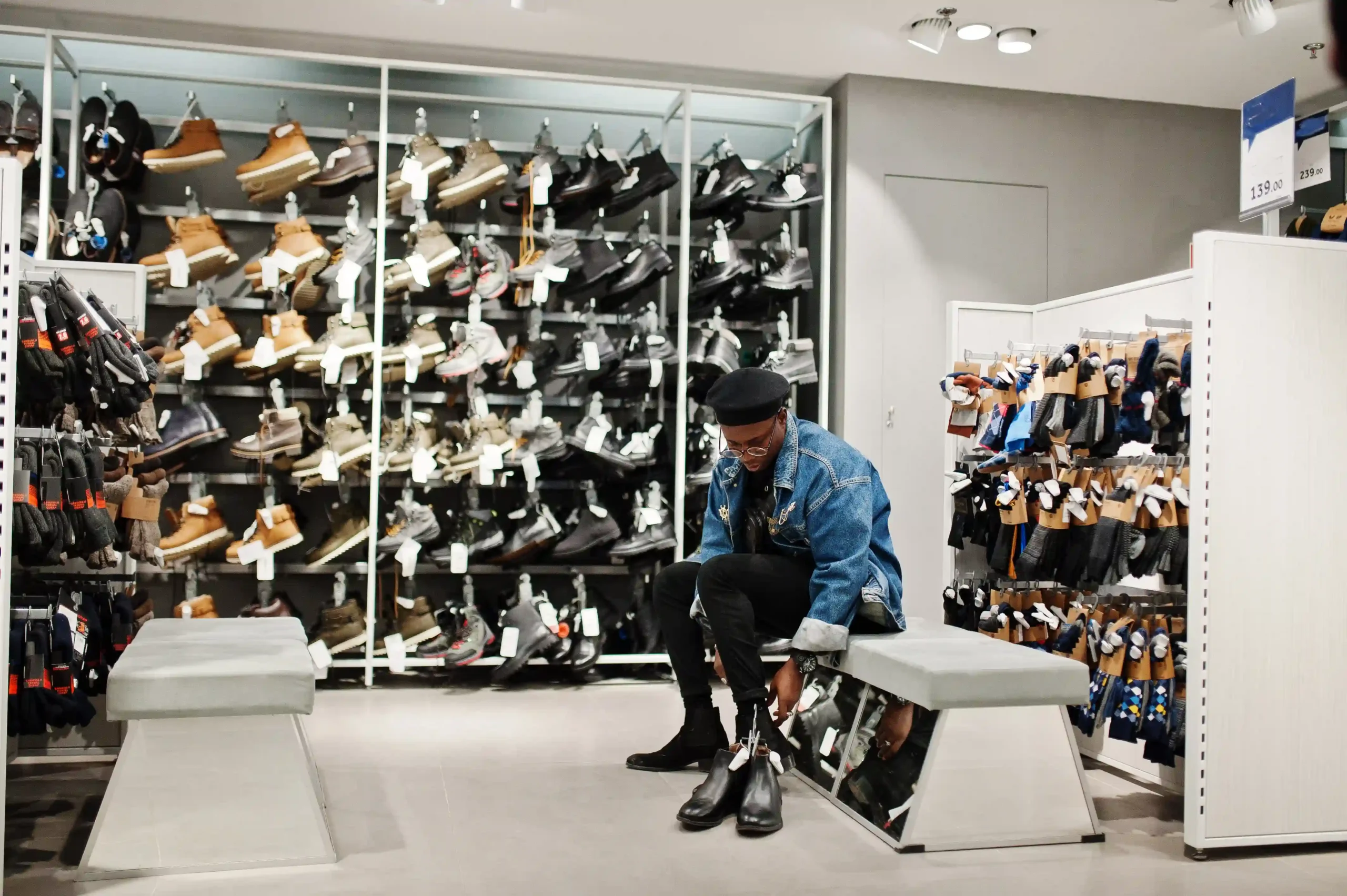The impact of trade policies on the footwear manufactures is significant.They shape the industry’s landscape, influencing costs and competitiveness.
Tariffs can significantly impact production expenses. This, in turn, affects retail prices and consumer demand.
The global footwear market is sensitive to these changes. Manufacturers must adapt quickly to remain competitive.
Major players like the U.S. and China have a significant influence. Their trade policies can ripple across the globe.
Understanding these dynamics is essential. It helps manufacturers navigate challenges and seize opportunities.

How trade policies shape the global footwear industry
Trade policies have a profound impact on the footwear industry worldwide. They influence supply chain dynamics, pricing, and market access. Adjustments in tariffs can shift production and investment decisions significantly.
Footwear manufacturers often explore new trade routes to minimize cost impacts. Nations with favorable agreements become attractive for production. This reshuffling affects global supply chains and labor markets.
Moreover, the policy landscape impacts various segments differently. For instance, athletic shoes might face distinct challenges compared to luxury footwear. Understanding these nuances is crucial for strategic planning.
Key influences of trade policies include:
Alterations in cross-border supply chain logistics
Changes in manufacturing costs due to tariff adjustments
Variations in global market entry opportunities
Footwear manufacturers must stay agile to navigate these complexities. Embracing innovation and strategic partnerships can offer resilience. Trade policies will continue to be a critical factor in shaping the industry’s future.
Footwear industry tariffs: Costs, challenges, and adaptation
Tariffs are a pressing concern for footwear manufacturers. They directly impact production costs and retail pricing. When tariffs rise, manufacturers must either absorb these costs or pass them on to consumers.
This creates a challenging landscape. Higher retail prices can suppress consumer demand. In response, some companies might seek cost-cutting measures or alternative sourcing strategies.
Manufacturers often explore adaptation strategies to mitigate tariff impacts. These may include relocating factories or renegotiating supplier contracts. Other times, innovation in materials can help reduce production expenses.
Key challenges faced due to tariffs include:
Increased production and operational costs
Shifts in consumer buying behavior and demand
Pressure to innovate for cost efficiency
Despite these hurdles, opportunities for growth remain. Companies that adapt swiftly can maintain their competitive edge. Emphasizing supply chain optimization can cushion tariff pressures.
Footwear manufacturers that invest in innovation often find new efficiencies. Technologies like automation and 3D printing help control costs. Ultimately, resilience in the face of tariffs demands strategic foresight and flexibility.
Winners and losers in a garment trade war
Trade wars often create a complex landscape for manufacturers. The footwear industry is no exception. Some companies may benefit, while others face significant setbacks.
In a trade war, manufacturers with diversified supply chains often come out on top. These companies can quickly adapt to new trade policies. Flexibility allows them to bypass tariffs and maintain competitive prices.
However, smaller manufacturers might struggle more. They often lack the resources to pivot quickly. Their reliance on specific markets can amplify the negative effects of tariffs.
Here are some typical outcomes in a garment trade war:
Larger companies with robust supply chains gain a competitive edge.
Smaller manufacturers find it difficult to manage rising costs.
Domestic producers may see an uptick in demand due to import barriers.
Ultimately, trade wars create a landscape of winners and losers. Strategic maneuvering is crucial. Companies need to stay informed and agile to thrive amid changing trade dynamics. Resilience will determine who benefits and who struggles in this volatile environment.
Case studies: How footwear manufacturers respond to tariff pressures
Footwear manufacturers must adapt swiftly to the pressures of tariffs. Their strategies can vary, showcasing both creativity and resilience. Let’s explore a few notable case studies.
One successful example is a leading athletic footwear brand. They shifted a portion of their production to Southeast Asia. This move leveraged favorable trade agreements and reduced tariff impacts on their supply chain.
A luxury footwear brand adopted a different approach. They focused on enhancing their domestic production capabilities. By doing so, they minimized dependency on imports. This also appealed to consumers valuing local craftsmanship.
Another company invested heavily in technology. They developed innovative materials and processes. This allowed them to keep costs down despite rising tariffs.
Here are the key responses observed:
Relocation of production to countries with lower tariffs
Enhancement of local manufacturing facilities
Investment in technology and innovation to reduce costs

These case studies highlight diverse approaches to tackling tariff challenges. Each company tailored their strategy to suit their unique position and market demands. Flexibility and innovation remain central to navigating tariff pressures in the footwear industry.
Strategies for resilience: Navigating trade policy uncertainty
Footwear manufacturers face the ongoing challenge of trade policy uncertainty. Adapting to these uncertainties is crucial for sustaining growth and competitiveness. Strategies that foster resilience are key to overcoming these hurdles.
Diversification is a prominent strategy. Manufacturers seek to enter new markets. Expanding globally can mitigate the risks posed by changes in trade policies.
Strong supply chain management is equally important. Companies prioritize flexible and agile supply chains. This ensures a quick response to shifts in tariffs and regulations.
Forming strategic partnerships offers another layer of resilience. Collaborating with local suppliers and distributors helps companies navigate complex trade environments.
Consider the following resilience strategies:
Diversification of markets and customer base
Flexible and agile supply chain management
Strategic partnerships with local entities
Investment in research and innovation to stay competitive
These strategies equip footwear manufacturers to weather trade policy changes. Adopting a proactive and adaptive approach allows them to stay ahead in a fluctuating market. Resilience in trade policy adaptation leads to stronger, more sustainable business operations.
The future of trade policies and the footwear sector
The future of trade policies holds significant implications for the footwear sector. As globalization and international relations evolve, the footwear industry must remain vigilant and adaptable. Policies will likely continue to fluctuate, creating both challenges and opportunities for manufacturers.
Emerging markets and technologies may redefine the competitive landscape. Sustainable practices and consumer preferences will also shape policy decisions. Footwear companies need to remain agile and innovative to thrive. By anticipating changes and fostering innovation, the sector can navigate future trade policy shifts effectively. Staying informed and proactive will be key for manufacturers aiming to maintain a competitive edge in an uncertain environment.

Final Thoughts
With the ongoing evolution of global trade policies, footwear manufacturers face unprecedented challenges. However, as we’ve seen in the production process, innovations in adhesive technology are creating new opportunities for the industry.
For example, the use of hot-melt adhesive films not only improves production efficiency but also reduces reliance on traditional solvents, aligning with environmental trends. Furthermore, the use of water-based adhesives reduces volatile organic compound (VOC) emissions, improving worker health and the working environment. These technological advances not only help reduce production costs but also enhance product quality and market competitiveness.
If you’re interested in the specific applications of adhesives in the footwear manufacturing process or want to learn more about their future potential, please read our articles on “Steps in Shoemaking Where Adhesives Are Involved,” “The Future of Adhesives,” and “Methods for Footwear Manufacturers to Reduce Costs.“

